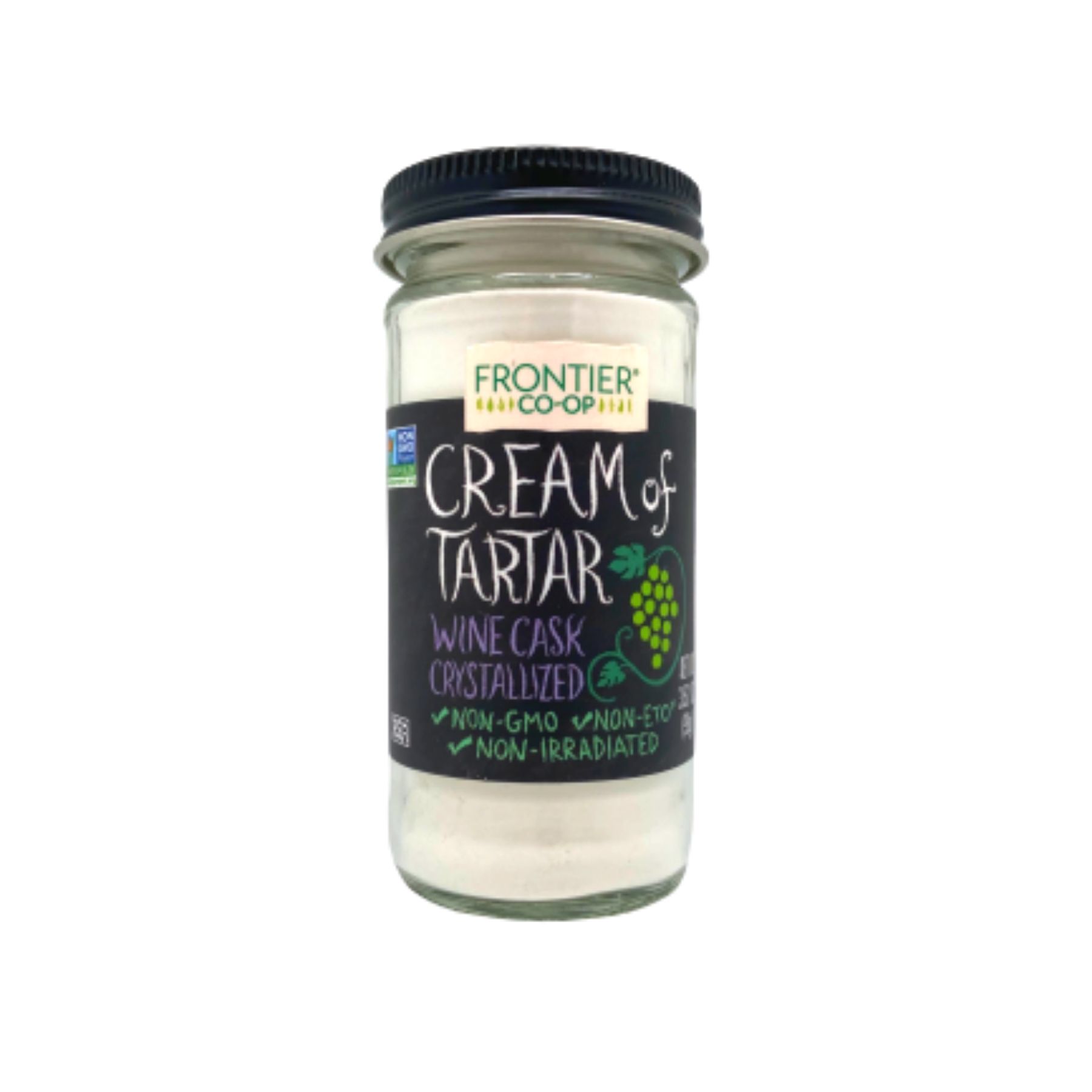

One of the key terms in the list is "commercially available".The non-organic ingredients that can legally go into foods labeled as organic have to be listed in the "National List of inorganic products" that can legally go into foods labeled as organic. But you can't just add 5% of anything.According to USDA rules (which most countries copy), if 95% of a product is made up of organic ingredients, it can be called organic.How can products be labeled as organic if they contain conventional ingredients like cream of tartar? This is the case with: xanthan gum, guar gum, sodium bicarbonate (baking soda), cream of tartar, double action baking powder and most obviously salt. We only sell organic products but sometimes, they just don't exist or are impossible to source.It’s a must-add to a lot of baking recipes because it also stops sugar crystals from binding together by activating the alkaline in baking soda. It’s particularly helpful when you’re dealing with a tricky recipe that tends to wilt, like meringue or a soufflé.

Its useful in bonding your ingredients together as a stabilizer.It’s an acidic substance similar to lemon or vinegar. Its official name is potassium bitartrate, potassium hydrogen tartrate or tartaric acid (hence the commercial name). It's a dry, powdery, acidic byproduct of fermenting grapes into wine. Our cream of tartar is just what you need to have around in the pantry for all your baking needs.


 0 kommentar(er)
0 kommentar(er)
